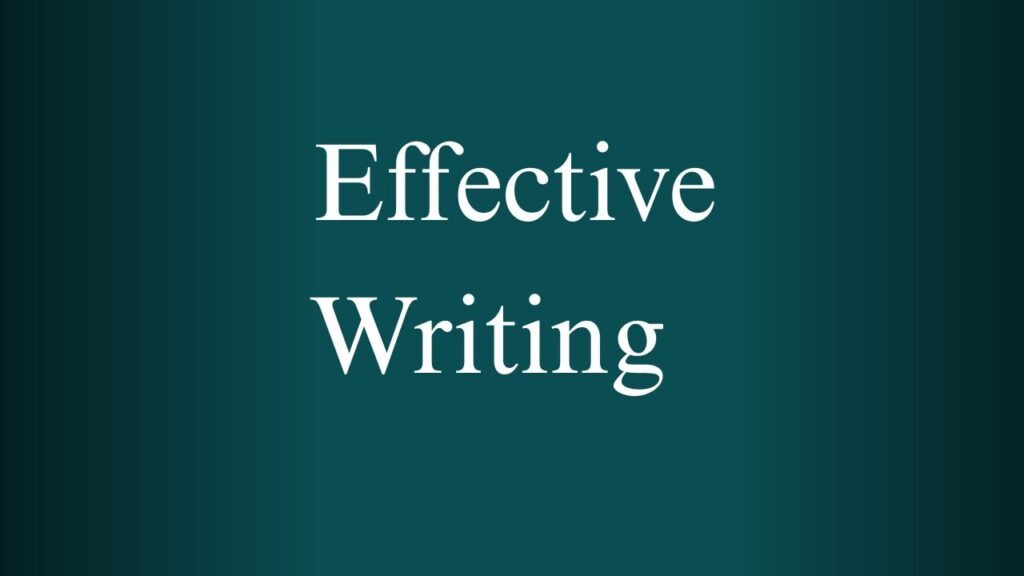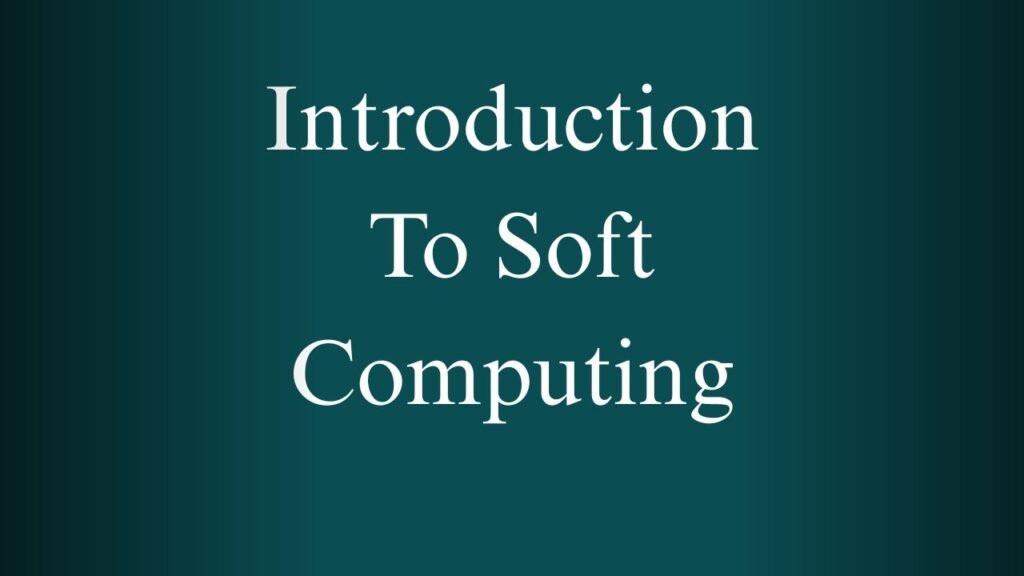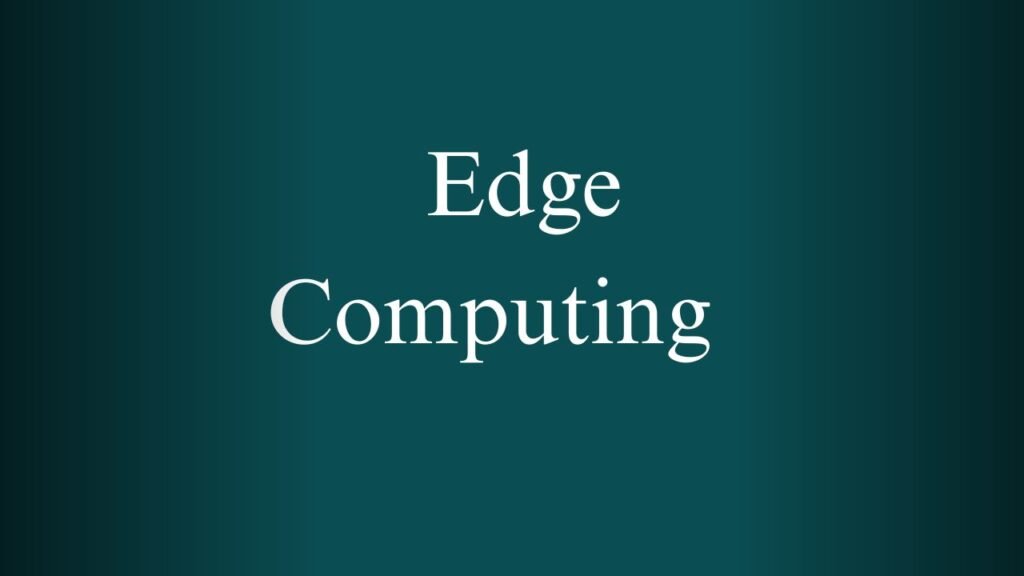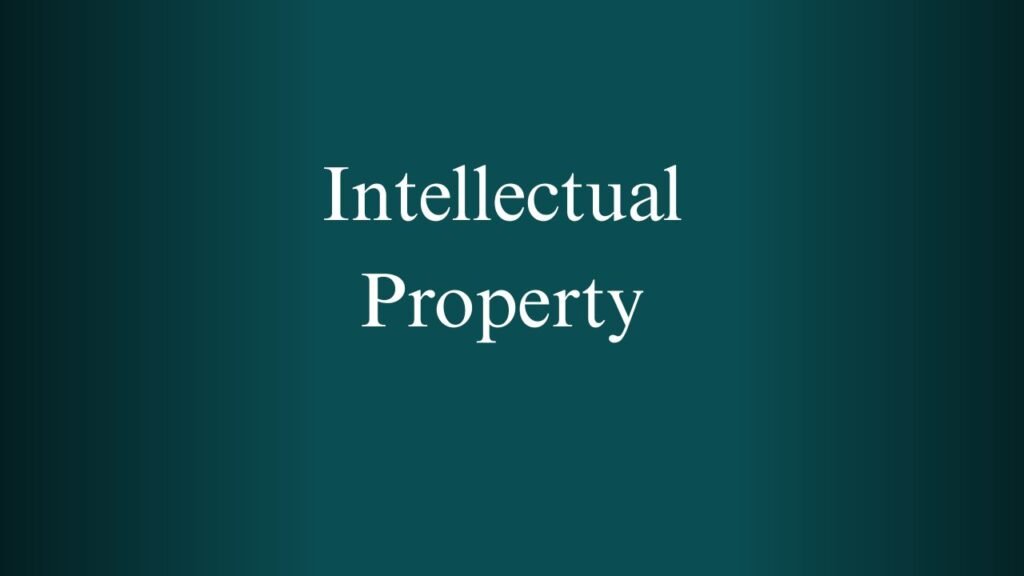NPTEL Artificial Intelligence Knowledge Representation And Reasoning Week 1 And 2 Assignment Answers 2025
1. Argument A uses ________________ .
a) Abduction
b) Deduction ✅
c) Induction
Explanation:
Deduction starts with a general rule and applies it to a specific case to draw a conclusion (top-down logic).
2. Argument B uses ________________ .
a) Abduction ✅
b) Deduction
c) Induction
Explanation:
Abduction is reasoning to the best explanation — choosing the most likely cause based on observation.
3. Argument C uses ________________ .
a) Abduction
b) Deduction
c) Induction ✅
Explanation:
Induction involves drawing general conclusions from specific observations (bottom-up reasoning).
4. Who said that “Thoughts themselves are symbolic representations”?
a) John McCarthy
b) Rene Descartes ✅
c) Galileo Galilei
d) Gottfried Wilhelm von Leibniz
Explanation:
Descartes, a philosopher and mathematician, emphasized symbolic representations in reasoning and thought.
5. Select the correct options. The Turing test was devised ________________ .
a) by Alan Turing ✅
b) to check whether a human spy is a double agent
c) to check the correctness of Turing machines
d) to test whether a machine is able to demonstrate human intelligence ✅
Explanation:
The Turing Test, developed by Alan Turing, evaluates a machine’s ability to exhibit intelligent behavior indistinguishable from a human.
6. Lucy preferred a desktop computer over a tablet computer because it has smaller storage. “It” refers to:
a) Desktop computer
b) Tablet computer ✅
Explanation:
The sentence implies a contrast, and since she preferred the desktop, the tablet must be the one with smaller storage.
7. Lucy preferred a desktop computer over a tablet computer because it has bigger storage. “It” refers to:
a) Desktop computer ✅
b) Tablet computer
Explanation:
She preferred the desktop because it has bigger storage, so “it” logically refers to desktop.
8. RFK Jr. tells Joe Rogan he has to be careful. “He” refers to:
a) RFK Jr.
b) Joe Rogan
c) Cannot be determined ✅
Explanation:
Without additional context, it’s ambiguous whether “he” refers to the speaker (RFK Jr.) or listener (Joe Rogan).
9. What do you recall from the lectures?
a) A physical symbol system (PSS) has the necessary and sufficient means for general intelligent action. ✅
b) A physical symbol system (PSS) is a set of symbols and a set of rules to manipulate those symbols ✅
c) A physical symbol system (PSS) hypothesis was stated by Asimov.
Explanation:
The PSS hypothesis was proposed by Allen Newell and Herbert Simon, not Asimov. It is central to symbolic AI.
10. Which of the following are physical symbol systems?
a) AlphaZero ✅
b) Apollo Guidance Computer ✅
c) Variable-voltage transformer
d) Vehicle’s gear-train
e) ChatGPT 4o ✅
Explanation:
Physical Symbol Systems (PSS) are systems that manipulate symbols based on formal rules (like in AI, computers).
- AlphaZero, ChatGPT, and Apollo Guidance Computer fall under this category.
- Transformers and gear-trains are physical/mechanical, not symbolic.
11. After watching the videos from Boston Dynamics, which of the following are fundamental to autonomous agents (e.g., Mars rover, self-driving cars)?
a) Sensing — sense the surrounding environment ✅
b) Cognition — reason with symbolic representation ✅
c) Planning — make decisions to achieve a goal ✅
d) Act — take actions to achieve a goal ✅
Explanation:
All four are core components of autonomous agents.
They sense → think → plan → act, enabling intelligent behavior without direct human control.
NPTEL Artificial Intelligence Knowledge Representation And Reasoning Week 2 Assignment Answers
1. A sentence in logic is a statement that in principle has a truth value. Which of the following are sentences in logic?
a) Did Joe pardon his son?
b) Joe said he will not pardon his son. ✅
c) Joe did not pardon his son. ✅
d) Please sign a law banning voter ID.
e) Governor signed a law banning voter ID. ✅
Explanation:
Only declarative sentences that can be assigned a truth value (true or false) qualify as logical sentences. Questions and requests are not valid sentences in logic.
2. Select the reasoning method(s) that lead to logically sound arguments
a) Abduction
b) Deduction ✅
c) Both of the above
d) None of the above
Explanation:
Only deduction guarantees logically sound conclusions if premises are true. Induction and abduction are not logically sound in all cases.
3. Select the formulas that are tautologies.
a) P ⊃ (¬P ⊃ P) ✅
b) (P ⊃ P) ⊃ ¬P
c) ¬P ⊃ (P ⊃ P) ✅
d) (P ⊃ Q) ∨ (Q ⊃ R) ✅
Explanation:
A tautology is a formula that is always true regardless of truth values of its components.
4. Given {P, Q} ⊢ R, it is valid if:
a) ((P ∧ Q) ⊃ R) is satisfiable
b) ((P ∧ Q) ⊃ R) is a tautology ✅
c) (¬P ∨ ¬Q ∨ R) is satisfiable
d) (¬P ∨ ¬Q ∨ R) is a tautology ✅
e) (P ∧ Q ∧ ¬R) is satisfiable
f) (P ∧ Q ∧ ¬R) is a tautology
Explanation:
For an inference rule to be valid, the implication of premises leading to conclusion must be a tautology.
5. Select the valid rules of substitution.
a) [¬(P ⊃ Q)] ≡ [¬P ⊃ ¬Q]
b) [P ⊃ Q] ≡ [¬Q ⊃ ¬P] ✅ (Contrapositive)
c) [¬P ⊃ ¬Q] ≡ [P ∨ ¬Q] ✅
d) [P ⊃ R] ⊃ [(P ∧ Q) ⊃ R]
Explanation:
Valid substitutions preserve logical equivalence. (b) and (c) are such valid equivalences.
6. Select the valid rules of inference.
a) {P ⊃ Q, P} ⊢ Q ✅ (Modus Ponens)
b) {P ⊃ Q, ¬P} ⊢ ¬Q
c) {P ∧ Q} ⊢ (P ∨ Q) ✅
d) {P ⊃ R} ⊢ ((P ∧ Q) ⊃ R) ✅
Explanation:
(a), (c), and (d) are valid; (b) is the fallacy of denying the antecedent.
7. Which of the following sets of connectives are complete in propositional logic?
a) {NAND} ✅
b) {⊃}
c) {∧, ¬} ✅
d) {∨, ¬} ✅
Explanation:
A functionally complete set can express all possible propositional formulas. NAND, {∧,¬}, and {∨,¬} are complete.
8. A knowledge base (KB) written in a logic language is:
a) A set of sentences where all the sentences in that set are true ✅
b) A set of sentences where some may be false
c) None of these
Explanation:
In classical logic, a KB consists of true statements from which conclusions are drawn.
9. In propositional logic, KB ⊨ P means:
a) When all the sentences in KB are true, then P is necessarily true ✅
b) One can derive P from KB
c) All of the above
Explanation:
Entailment (⊨) means the conclusion must be true in all models where KB is true. This is semantic, not syntactic.
10. What does (KB ⊢ P) mean?
a) KB entails P
b) KB derives P ✅
c) All of the above
Explanation:
⊢ (syntactic derivation) means that P can be derived from KB using inference rules.
11. A proof or derivation in logic is:
a) A syntactic process using inference rules ✅
b) A process that does not use truth values directly ✅
c) An evaluation using truth values
Explanation:
Proofs are syntactic, relying only on structure and inference rules, not on actual truth values (semantic).
12. Select the procedures that are sound.
a) Procedure A ✅
b) Procedure B
c) Procedure C
d) Procedure D ✅
Explanation:
A sound procedure never derives a formula that is false in any model (truth-preserving).
13. Select the procedures that are complete.
a) Procedure A
b) Procedure B
c) Procedure C ✅
d) Procedure D ✅
Explanation:
A complete procedure can derive every valid conclusion from the KB.
14. Dry vegetation → wildfire representation. Correct formula?
a) W ∧ D
b) W ∨ D
c) W ⊃ D
d) D ⊃ W ✅
e) (W ⊃ D) ∧ (D ⊃ W)
Explanation:
The cause → effect relationship (dry vegetation → wildfire) is correctly modeled as D ⊃ W.
15. Is the following argument valid?
If there is a wildfire then houses will burn to cinders.
The houses were burnt to cinders.
Therefore, there was a wildfire.
a) Yes
b) No
Answer: b ✅
Explanation:
16. Is the following argument valid?
If there is a wildfire then houses will burn to cinders.
The houses did not burn, they remained intact.
Therefore, there was no wildfire.a) No
b) Yes
Answer: Yes ✅
Explanation:
17. Is the following argument valid?
He must have fire insurance or he must have huge savings.
He has zero savings.
Therefore, he has fire insurance.a) No
b) Yes
Answer: Yes ✅
Explanation:
18. Is the following argument valid?
He must have fire insurance or he must have huge savings.
He has massive savings.
Therefore, he has no fire insurance.a) No
b) Yes
Answer: Yes ✅
Explanation:
19. Frege’s Propositional Calculus uses which connectives?
a) AND (∧)
b) EQUIVALENCE (≡)
c) IMPLIES (⊃) ✅
d) NAND (↑)
e) NOR (↓)
f) NOT (¬) ✅
g) OR (∨)
Explanation:
Frege’s system uses only IMPlication and NOT as functionally complete set.
20. Modus Ponens ___________
a) is a proof procedure
b) is a valid inference rule ✅
c) is used to compute the truth values of compound sentences
d) all of the above
Explanation:
Modus Ponens: If P ⊃ Q and P are true, then Q is true — it’s a valid inference rule, not a general proof procedure or evaluator.



